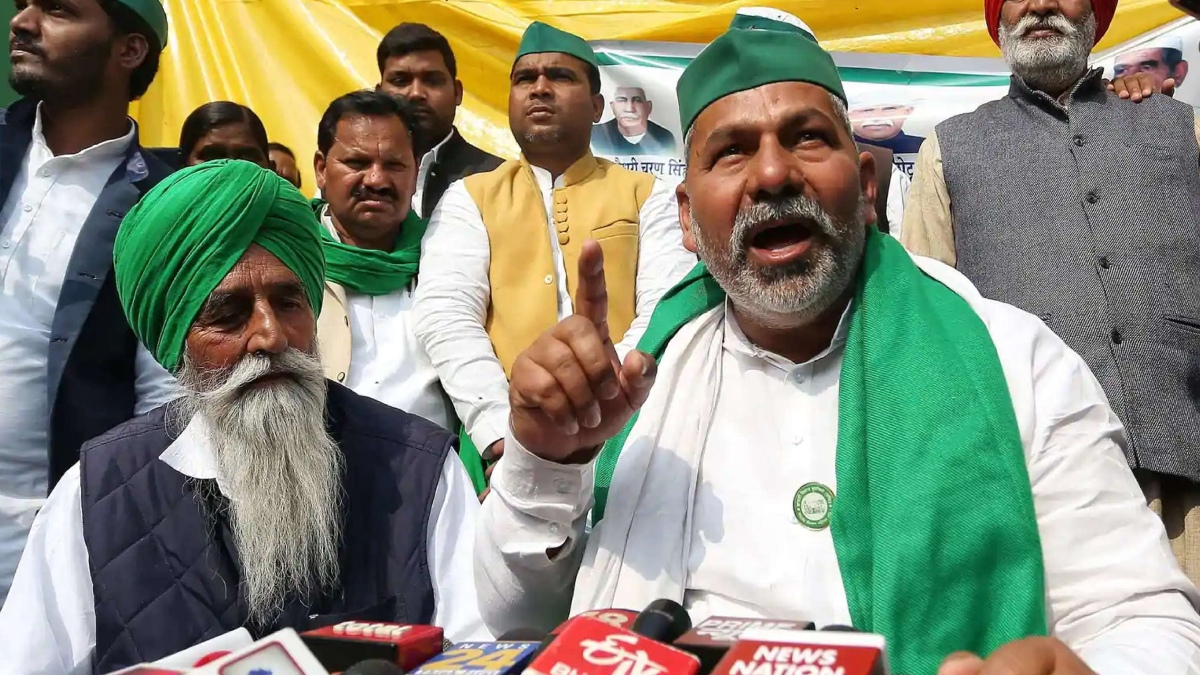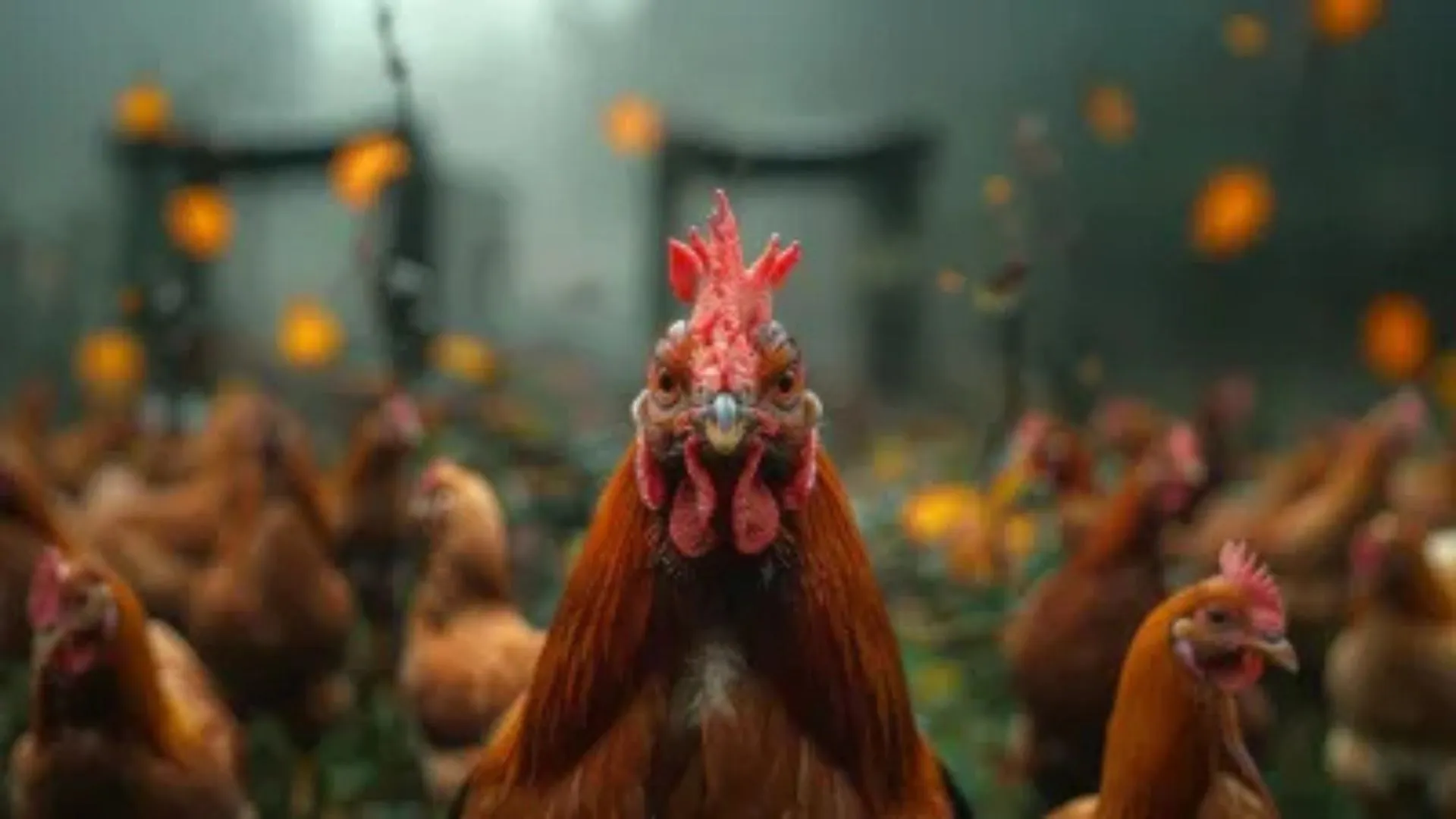The massive failure of the Bharat Bandh on 26 March should be a wake-up call for the agitating farmers and lobbies who called for it. They have failed miserably to cut any ice with the common man and the spate of violence that happened in some places during and after the bandh reflects their frustration at not getting any popular support.
They should understand that the silence of the state is not a weakness but a way to allow democratic dissent. The silence should not embolden them to think that they can do whatever they like. People are seeing the goondaism of the agitators and are peeved that decisive actions are not being taken by Congress governments, whether in Punjab or Rajasthan.
Very sad incidents happened in the course of the bandh. An ambulance carrying a pregnant lady was not allowed easy way by agitators in Sri Ganganagar in Rajasthan, despite the fact that the call for the bandh had mentioned that essential services would be allowed. This was the only district that witnessed the bandh due to the predominant Sikh community there. A day after, Abohar MLA Arun Narang of the BJP was stripped naked and thrashed by agitators who had come to know about a press conference he was going to address at Malout in the Muktsar district, Punjab. He was saved with great difficulty by the police. There were many other reports of mediapersons being intimated and roughed up.
There is desperation among the organisers. The Samyukta Kisan Morcha (SKM), comprising more than 40 farmer unions and morchas, are apparently trying to flex more muscle than they have. This is bound to produce a rupture. The SKM has said that it would carry out a satyagraha the way Mahatma Gandhi had done. But saying that you will carry on an agitation till your demands are met is easy – to keep protesting peacefully is tough.
They should learn from the Mahatma who had called off the Non-Cooperation Movement after the Chauri Chaura incident in 1922 since he concluded that the movement had become violent. At Chauri Chaura, the police had fired at the mob that killed three people, and the mob set fire to the police station in retaliation, killing 23 policemen as a result. Gandhiji knew that such violence would not take anyone anywhere.
Here, even after what happened on 26 January this year in the name of the protest and the subsequent violent incidents, the agitators have been unable to see reason. Meanwhile, the government has put the three farm legislations on hold, the Supreme Court committee is looking into various aspects of the issues involved, and the people of this country are befuddled, asking what the fuss is all about.
Eminent philosopher Immanuel Kant advocated rationality since it is a tool to establish morality in society. And where emotions rule, rationality becomes the biggest casualty. Sadly, in the ongoing farm agitation, rationality is the biggest victim. Nobody wants to talk of the core issues; everyone supporting the agitators seems to be guided by primordial emotions.
At the core of the agitation are the illegal benefits which middlemen get from dealing in farm produce. These arhatiyas exploit gullible farmers, take the payment for the produce procured according to the MSP and then pay the farmers, and control their land and its use. Why else would they oppose the Union Government’s push to hand over money directly to the accounts of the farmers?
Also, one needs to understand who the farmers are. Are they ones who own the lands? Or those who control the lands? Or those who till these lands? The MSP is given on produce which should be according to land ownership rights. In many cases, NRIs staying in Canada or other parts of the world buy land in Punjab with the money they make abroad. No wonder then that land prices are very high in the state. This provides some context to the agitation’s Canada link.
The arhatiyas control the land and decide who will cultivate what. In most cases, the price of procured paddy goes into the accounts of these NRIs. Technically, either they or those with the lease of the land are the farmers. Hence, the decision to transfer money into the account of farmers has added fuel to the fire because this would minimize the role of these middlemen. The farmers would not depend on the arhatiyas and the system would be reversed.
Questions have also been raised on how these middlemen have been trying to make money by illegally transporting grains from other parts of the country and selling them in the lucrative MSP mandis of Punjab and Haryana. A look at some facts can be eye-opening here. The Food Corporation of India (FCI) has been procuring more paddy in Punjab as per the MSP than the state produces. Since all crops brought to the mandis are purchased, the figures show what is happening in this system made by middlemen. Government agencies in Punjab bought 163.82 lakh tonnes (LT) of paddy in 2019-20, 170.46 LT in 2018-19, and 179.56 LT in 2017-18. Going by government records for paddy cultivation and the average yield the land produces, the total production should be close to 152 LT (15.2 million tonnes) in 2019-20, 169.44 LTs (16.9 million tonnes) in 2018-19 and 164.14 LTs (16.4 million tonnes) in 2017-18.
Even if we consider that famers might keep some of that paddy for their consumption, the procurement is very high. So, where is the produce coming from and who is bringing it? Definitely, not the farmers. The entire racket of the illegal transport of paddy from other states to the mandis of Punjab and Haryana is taking place through middlemen. Thus, everyone is benefiting from the present system except the farmers: the arhatiyas who make money through commission and by selling produce bought cheaply in other states, the politicians who get their election funding from these arhatiyas in return for not disturbing this arrangement, and the corrupt officials who do not promote buying from farmers.
The land contract law proposed by the farm legislations would not allow anyone to get the land rights of the farmers. How then would these middlemen arm-twist farmers to sell their produce cheaply or pay the middlemen high interest on money they may have borrowed in times of need? Thus, allowing the mandis to reach farmers would ensure that farmers would not be exposed to exploitation.
Common farmers know that PM Modi’s schemes are for their benefit, but they also know that these arhatiyas are very powerful and may bounce back to torture them. So, even when they seem to be with the agitators, they do not support the agitation.
In the meantime, the agitators have been realising that it is extremely difficult to continue the protest. Rakesh Tikait went to West Bengal to campaign against the BJP but did not get the traction he had expected. Their leaders have reached a dead end. Their failure to negotiate with the government has led to desperation, which has the potential to degenerate further into chaos. They cannot absolve themselves now from the violence that has become the hallmark of the agitation.
The writer is convener of the Media Relations Department of the BJP and represents the party as a spokesperson on TV debates. He has authored the book ‘Narendra Modi: The Game Changer’. The views expressed are personal.
At the core of the agitation are the illegal benefits which middlemen get from dealing in farm produce. These arhatiyas exploit gullible farmers, take the payment for the produce procured according to the MSP and then pay the farmers, and control their land and its use. Why else would they oppose the Union government’s push to hand over money directly to the accounts of the farmers?























